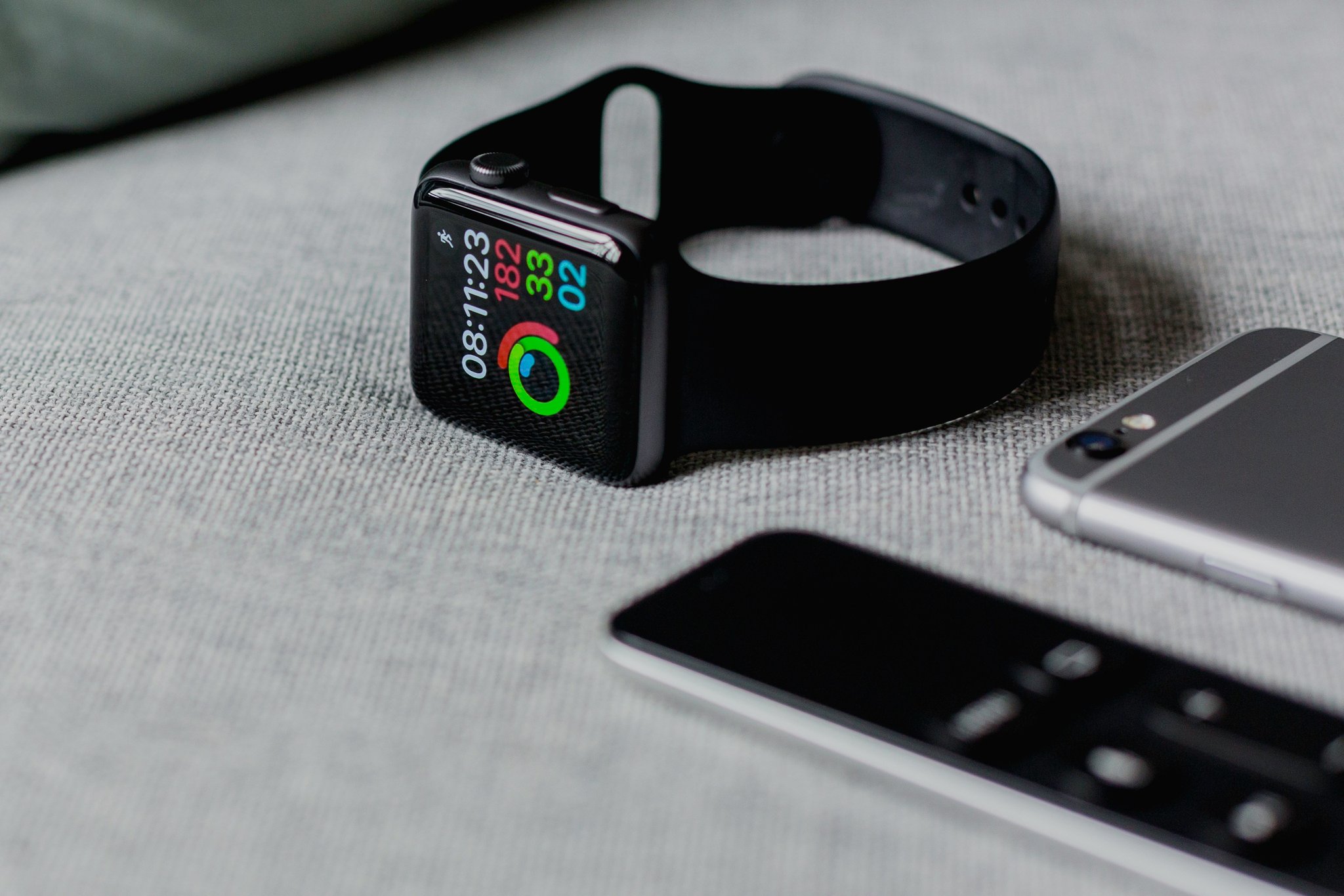“Ever felt like your brain was a chaotic vending machine that just wouldn’t spit out the right emotional snack?” Yeah, us too. Whether it’s work deadlines, personal drama, or just trying to keep up with social media trends, life throws curveballs faster than you can say “stress management.” But what if there was a way to hit pause, recalibrate, and give yourself a mental reset? Enter: the electronic mood enhancer. In this post, you’ll discover why these tools are game-changers, how they work, and which apps stand out from the crowd. Plus, we’ll sprinkle in some brutal honesty, actionable tips, and even a quirky meme reference for good measure.
Table of Contents
- Key Takeaways
- The Modern-Day Stress Pandemic
- Step-by-Step Guide to Using an Electronic Mood Enhancer
- 5 Tips for Mastering Stress Management Apps
- Real Stories: How People Found Calm
- FAQs About Stress Management Apps
Key Takeaways
- An electronic mood enhancer is any digital tool designed to improve mental well-being through relaxation techniques, mindfulness prompts, or guided exercises.
- Stress management apps have surged in popularity because they combine convenience with science-backed strategies.
- Not all apps are created equal; choosing one tailored to your needs is critical.
- We’ll walk you through using them effectively, offer real-life examples, and answer FAQs about their effectiveness.
The Modern-Day Stress Pandemic
In today’s hyperconnected world, stress isn’t just common—it’s practically mandatory. According to the American Psychological Association, nearly 80% of adults report physical symptoms linked to prolonged stress, such as headaches, insomnia, and digestive issues. And before you think “Oh great, another wellness article telling me to breathe deeply,” let me share something embarrassing: I once spent $97 on a meditation app subscription…only to use it twice. (Rookie mistake alert.) Sound familiar?
The truth is, our brains are wired to prioritize short-term survival over long-term peace. That makes sense when you’re running from a saber-toothed tiger but not so much when you’re stuck in traffic during rush hour. This is where technology flips the script—a digital assistant, aka the electronic mood enhancer, can act as a bridge between your frazzled mind and a calmer state.

Image Source: Rising Stress Levels Among Adults (2024)
Step-by-Step Guide to Using an Electronic Mood Enhancer
What Exactly Are These Tools?
To clarify, an electronic mood enhancer typically refers to software programs or mobile apps designed to promote relaxation and better mental health. Think of it like having a therapist in your pocket—minus the awkward silences and weekly copays.
Step 1: Choose the Right App
“Optimist You:” “There are tons of amazing options!”
“Grumpy You:” “Yes, but also tons of garbage ones.” Here’s how to sort the wheat from the chaff:
- Prioritize evidence-based content (e.g., apps backed by research).
- Check user reviews—look beyond star ratings to read actual feedback.
- Test free trials first—if possible, don’t commit to paid versions immediately.
Step 2: Set Realistic Expectations
One terrible tip floating around? “You should feel zen AF after ONE session.” Let’s get real: rewiring your brain takes time. Treat your journey with patience—it’s less ‘instant ramen’ and more ‘slow-cooked stew.’
Step 3: Customize Your Experience
Most apps allow personalization features. For example:
- Select calming sounds like raindrops or white noise.
- Adjust session length based on your schedule (yes, five minutes counts).
- Enable reminders so you don’t forget to unplug.
Step 4: Integrate Into Daily Life
Skip the “I’ll start tomorrow” trap. Try integrating small practices throughout your day—for instance, take three deep breaths every time you grab coffee. Over time, micro-moments add up.
5 Tips for Mastering Stress Management Apps
- Stick to One App at a Time: Juggling multiple apps leads to decision fatigue. Pick one and commit.
- Create Rituals: Use your app consistently—maybe mornings for mindfulness or evenings for unwinding.
- Combine Modalities: Pair breathing exercises with journaling for maximum impact.
- Don’t Ignore Community Features: Many apps include forums or groups. Sharing experiences can boost motivation.
- Uninstall Toxic Productivity Apps: If other apps pressure you into constant hustle mode, hit delete.

Real Stories: How People Found Calm
Meet Sarah, a freelance copywriter who swore off wellness apps until she tried Headspace. At first, her sessions lasted exactly two minutes before quitting. Fast forward six months, and now she logs daily 10-minute meditations religiously. Her secret? She tied app usage to brewing her morning tea—a tiny habit stack that made magic.
Then there’s James, a college student drowning in deadlines. After downloading Calm and experimenting with sleep stories, he reported improved focus AND better ZZZs. Sounds impossible, right? Not when science backs it up!

FAQs About Stress Management Apps
Do These Apps Actually Work?
Short answer: Yes—if used correctly. Studies show regular users experience reduced anxiety and improved sleep quality.
Are They Worth Paying For?
Free versions often suffice, but premium subscriptions unlock advanced features worth exploring.
Can Kids Use Them Too?
Absolutely! Many apps cater to younger audiences with kid-friendly interfaces.
Final Thoughts: Embrace Technology, Find Balance
If you’ve made it this far, congrats—you officially know more about electronic mood enhancers than most people scrolling TikTok self-help reels. From battling modern-day stress to mastering step-by-step guides, here’s the recap:
- An electronic mood enhancer = your new best friend for mental clarity.
- Choosing wisely + consistent practice = sustainable calm.
- You’re not alone; countless others have reaped rewards from these tools.
So go ahead, download that app, press play, and let tech do its magic. Oh, and remember:
Like pixels aligning, Your mind becomes clearer, Peace blooms—in bytes.
(Mic drop.)


